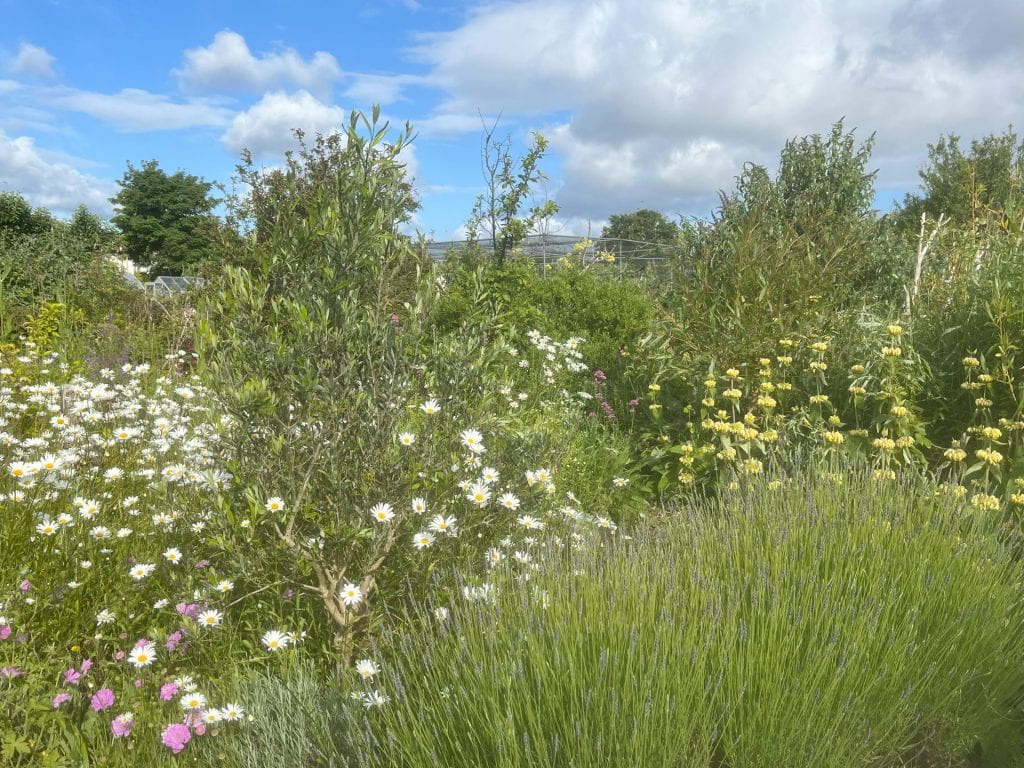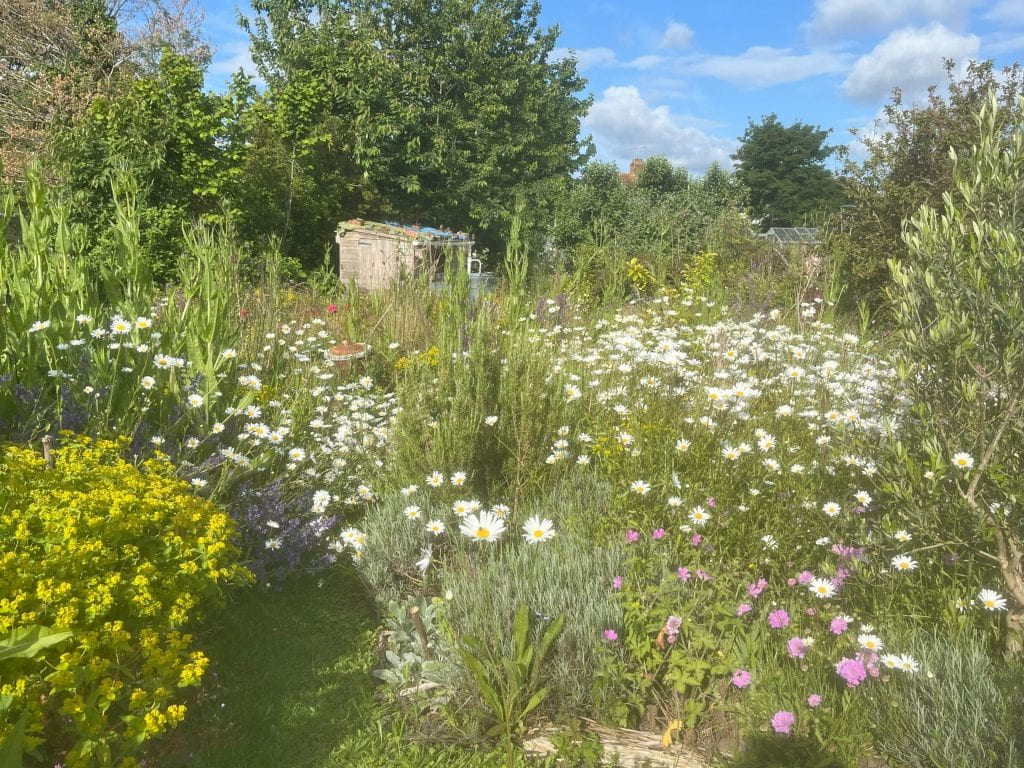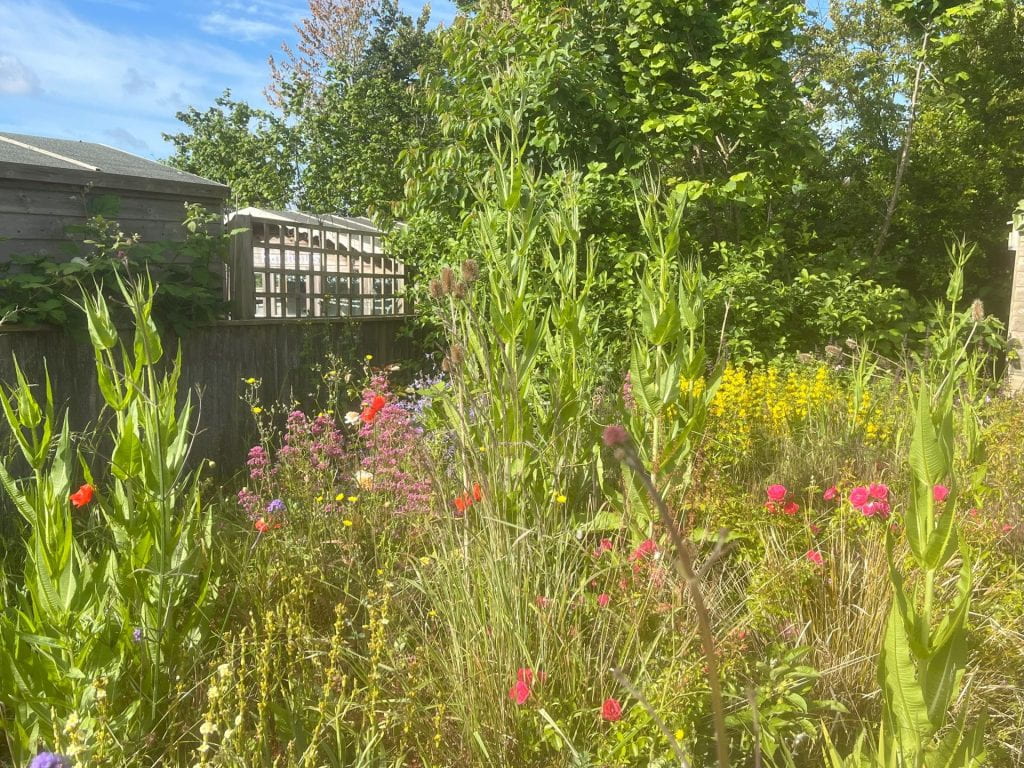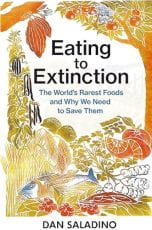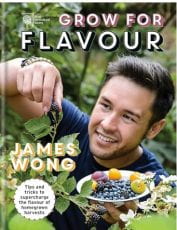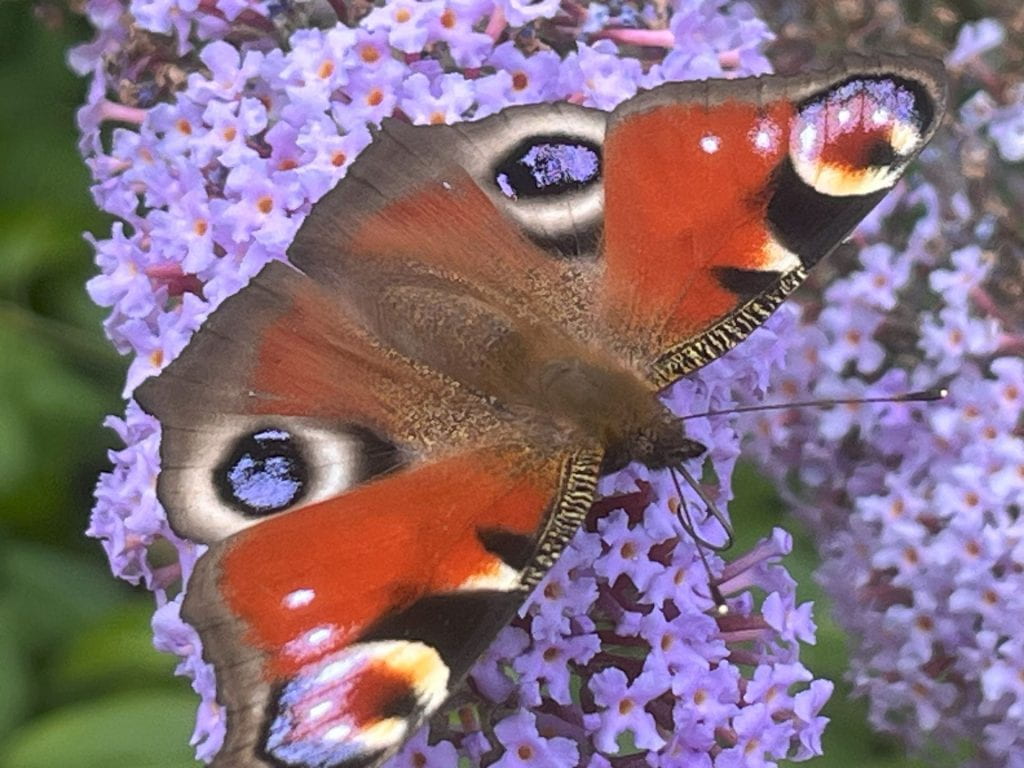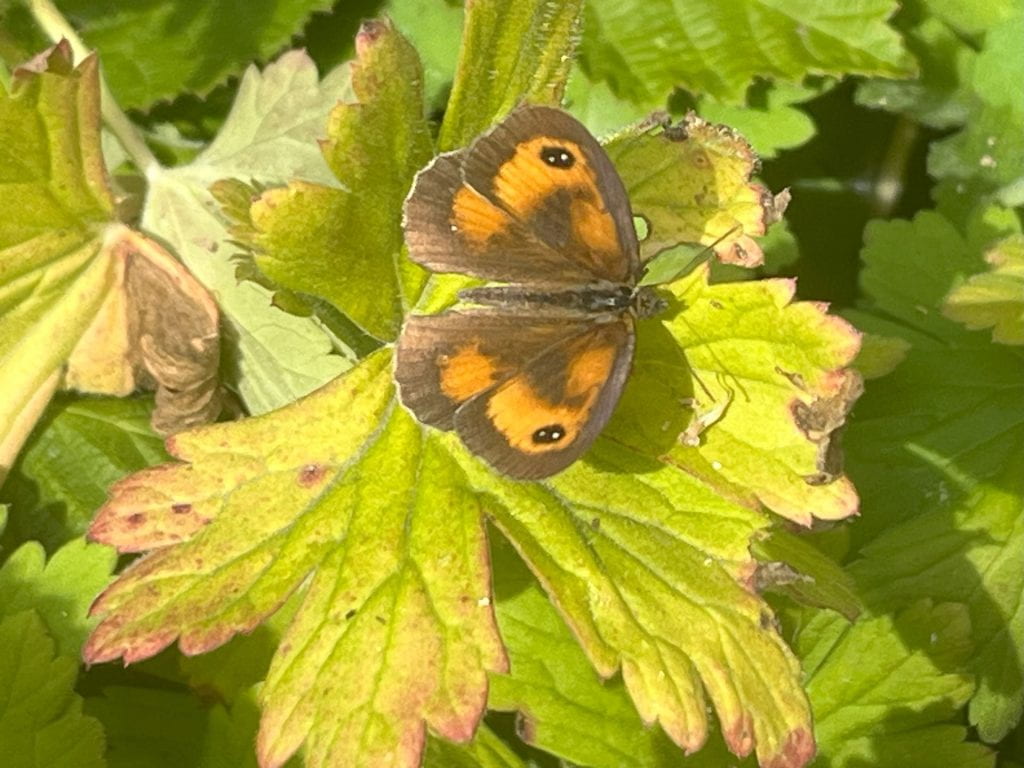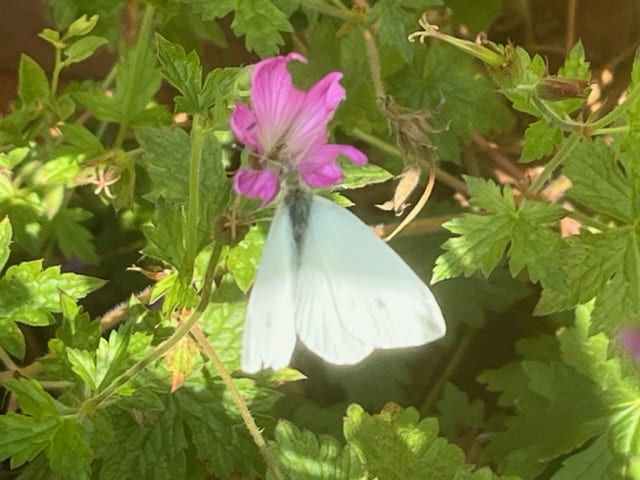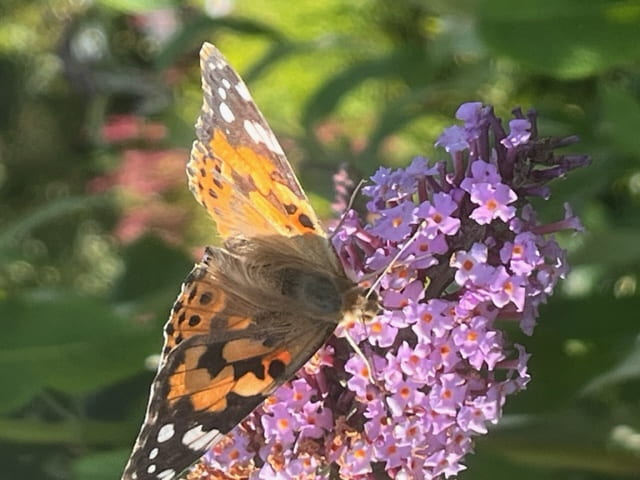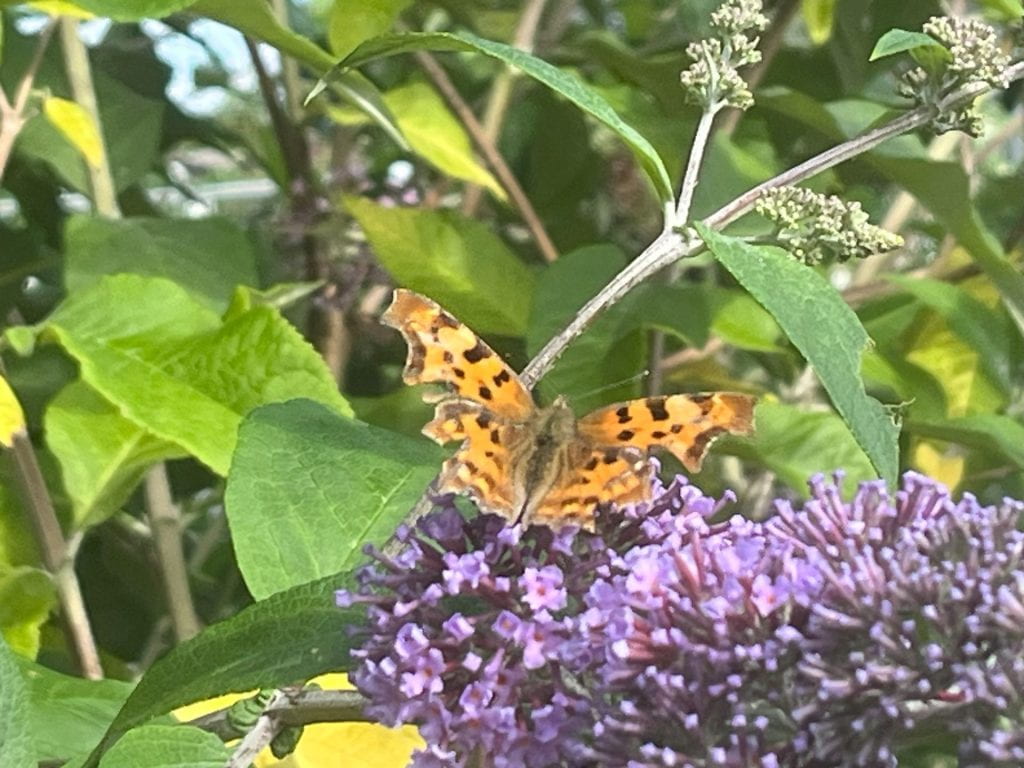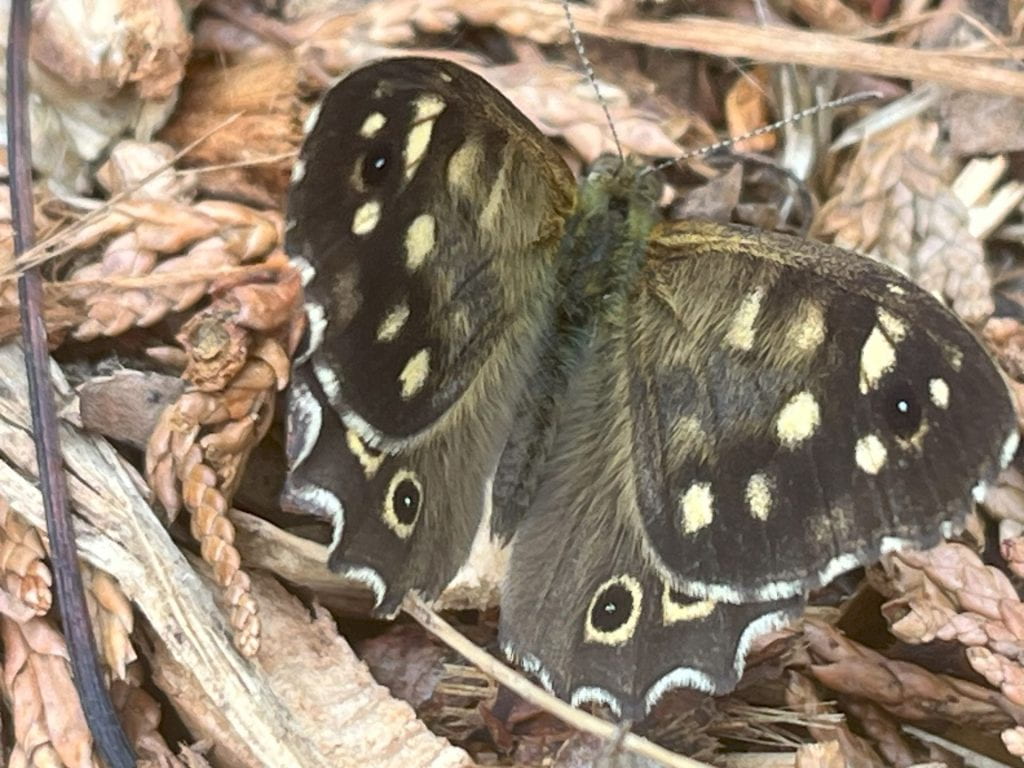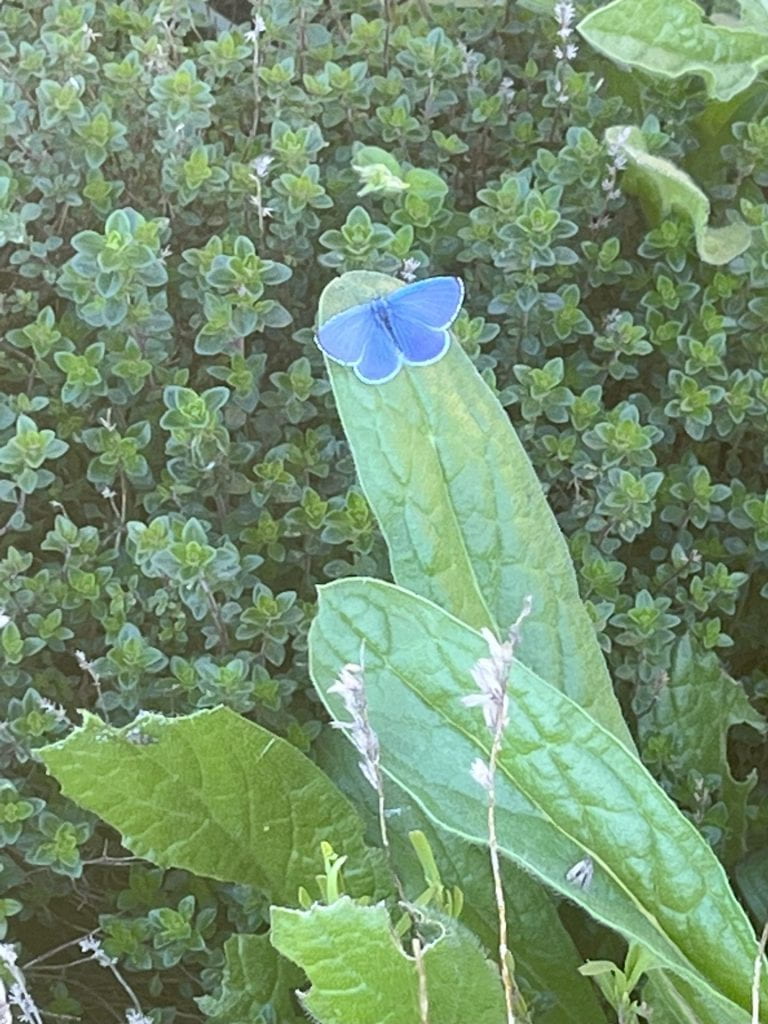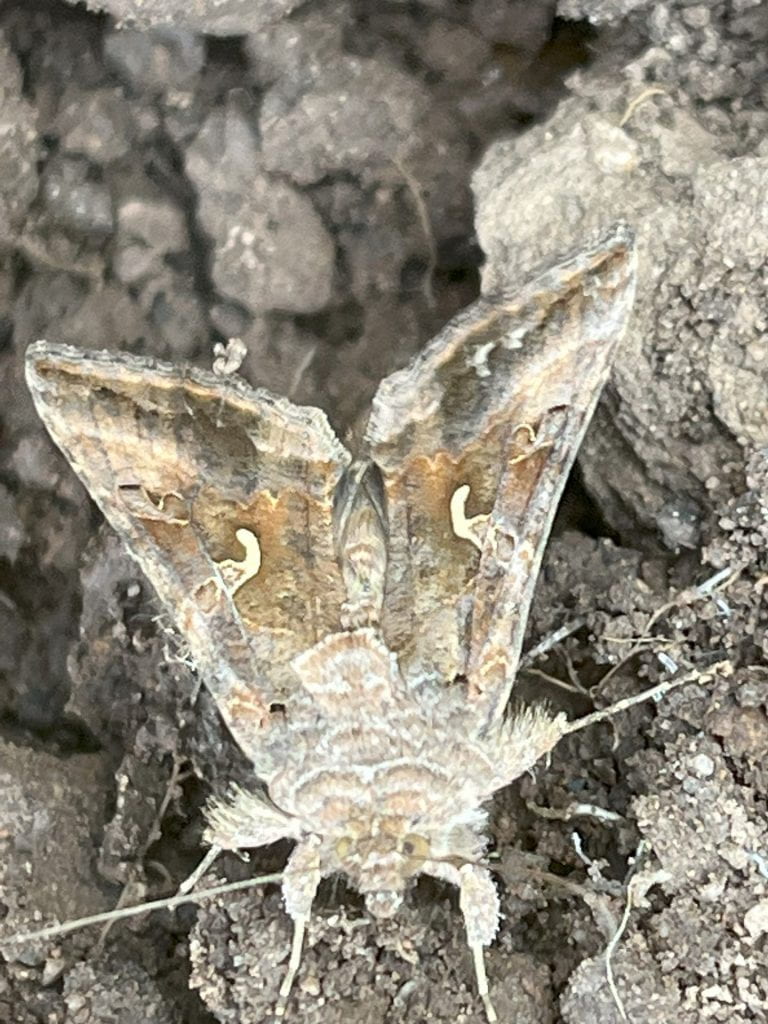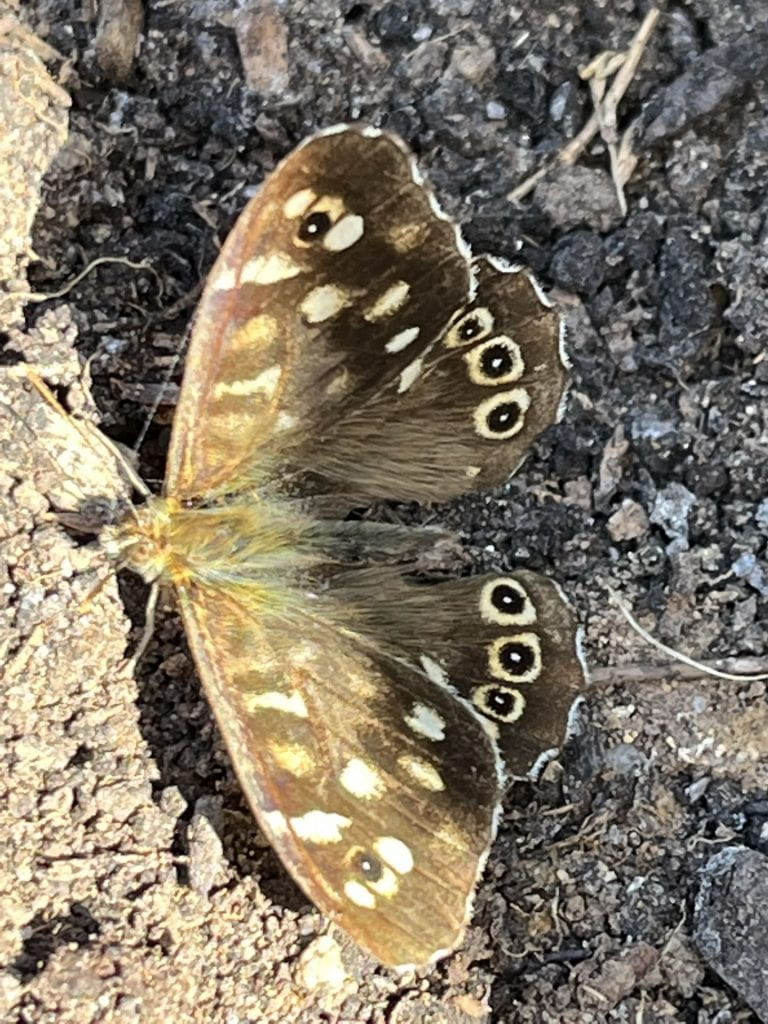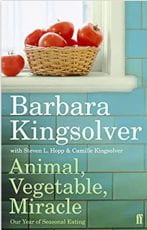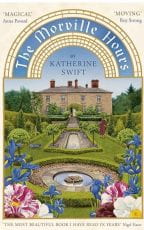
This was our latest Gardening book club choice, one I have tried to read before and not got very far with. Being a book club choice means I persevered with it and I am glad I did.
Katherine Swift was a rare-book librarian at Trinity in Dublin and her husband, Ken, a bookseller in Oxford. In order to lure her back to this country, they found a house where she could make a garden and Moreville House ended up being the lucky recipient of Katherine’s thoughtful research and reading about gardens.
This isn’t a garden book that will tell you what to do with sandy soil or which plants to use in shade, rather a very site specific treatise about the land, its people, history and geology with some botany thrown in for good measure. It is the sort of book that has a range of information that you could bring out on a quiz night and astound everyone such as the country name for daffodils is Lenten lily because they bloom in the liturgical season of lent or that there were 38 vineyards in Britain before the Romans arrived. The climate then was that of a warming one and so we are now and have vineyards again.
The book is structured around a book of hours used by the Benedictine monks who used to live on the land. It is a book of prayers for the different times of the day and so works neatly to fit the months of the year and for each ‘prayer’ or chapter to be a reflection and meditation upon the garden and how it ended up being there at that time of the year. In fact the structure is like that of a formal garden, neat, clipped hedging in the form of the times of prayer or seasons but inside each season or prayer there is a lushness and a billowing out of plants and people, history and geology. As readers, we are reading Swift’s reading of the landscape and it anchors her to the land and the garden.
I have seen it written that the book is a journey of self-exploration or that it is part memoir but all of these seem a generous description of the nuggets of her life that we are allowed to peep at behind the plants. Her writing about the garden is rich and descriptive with perhaps some of the longest sentences I have ever read, there are a lot of colons and semi-colons, but the writing about her family is greatly contrasted: short, spare, often tense or terse and never ever with any sense of her feelings about the situations other than love for her father. The nearer we get to the end of the book, the more she says until at last she explains that she has tried to tell the story of ‘why I am as I am’. She mentions friends and local people often, but of her husband there is little other than his understanding about her need to make a garden until she says that in 2008 the lease on the property would be due and they thought they would go and make a garden by the sea. She then says that he left before that and I was left wondering whether their marriage was over, had he died, did he have Alzheimers? As a reader, you have to do a lot of the heavy work about her life which is in complete contrast to reading about the garden. She has definitely done all the hard work there.
The writing is wonderful but at times a little too rich. I couldn’t sit down and just read, I had to parcel the book up and read it bit by bit, a certain amount each day so that I didn’t tire of it. She has very clear sentence patterns and once I had found them, I couldn’t stop noticing them. There are wonderful images,
The cat flap in the kitchen door lifts open, horizontal: the cats flatten their ears and narrow their eyes before breasting the tide of freezing air like Christmas Day swimmers taking the plunge.
p62
and the idea of a Norman deed to the house, parchment paper with formal language, dense with contractions and suspensions and conditions ‘like an airline ticket to another world.
She is big on the idea of ‘threeness’
Only in the eighteenth century did Morville attain that sort of stability: Morville’s was a tale of lost heirs, heirs defrauded, heirs dead before their time; of childless couples, bachelor uncles; of a succession that zigzagged, backtracked, skipped generations; of a house eventually surplus to requirements, bought and sold; its library, archives, contents all scattered
p94
She is a lister, with all sorts of ways of listing
Pippins and pearmains, costards and codlins, leathercoats and russets; silver and white, rose-pink and carmine, pearly grey and apple green – the apple blossom of old England, now in flower once more in the gardens of Morville: Geneting and Gillyflower, Calville and Catshead, Quining and Quarrenden, the branches clustered with flowers like posies carried by school children.
p151
Yes, there are parts that are overwritten and could have been edited a bit more firmly but Swift is a wordsmith and I greatly enjoyed that element of her writing.
There were also sections that spoke to me as a gardener. The challenges of knowing when a pear is ripe, ‘my pears are a mystery to me. We just don’t speak the same language’, and the temptations of seed catalogues
First to list the seed saved or unused from last year. Then to list what new seed needs to be bought. And then, only then, cautiously, to open the catalogues, with their honeyed promises of shapes and tastes and smells; their coloured photographs of laden baskets and ripe pods, purple aubergines and ruby chard; yellow flowers of courgette and soft sweet flesh of parsnip; leeks like thighs and lettuces like the frilled red skirts of cancan dancers; flowers like butterflies, like birds, as blue as lapis lazulis, as dark as bitter chocolate. And every year, despite my resolutions, I fall, succumbing to their thousand-and-one temptations and ordering far more than I need.
p63
I know this is a bit over-the-top, leeks like thighs is not an image that works for me or all the birds and butterflies, but I do understand that feeling of wanting to try everything and believing everything the catalogue descriptions and photos tell me.
This will not be an easy book to discuss in book club. I can’t think of questions that can be asked of it and us as readers. I do want to follow-up on any thoughts others might have about the sort of person Swift might be based on the little information that we got in the book. Swift is an expert in reading the land and I wonder if we can read the landscape of the allotments in the same way. What do we know about its geology, history and people?
